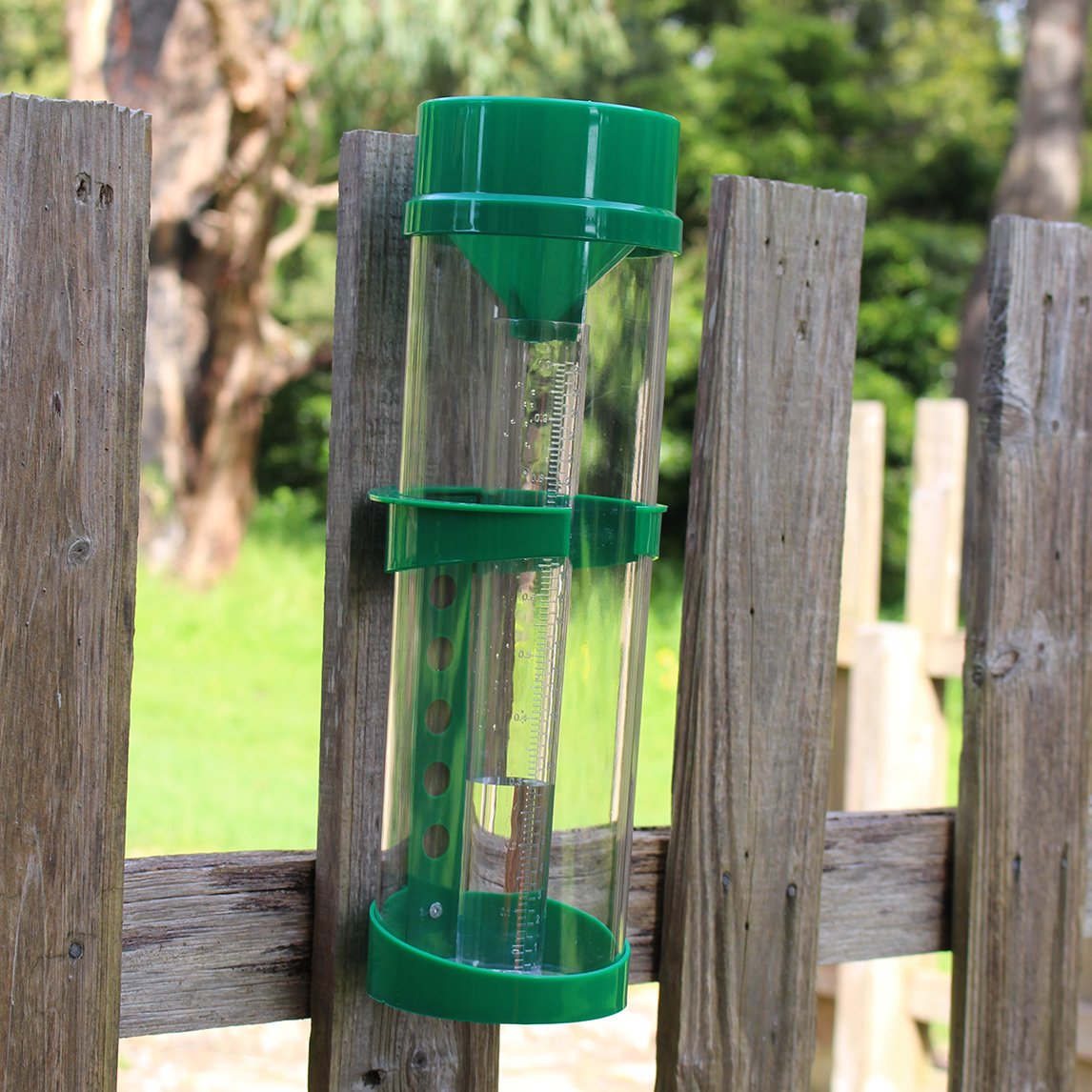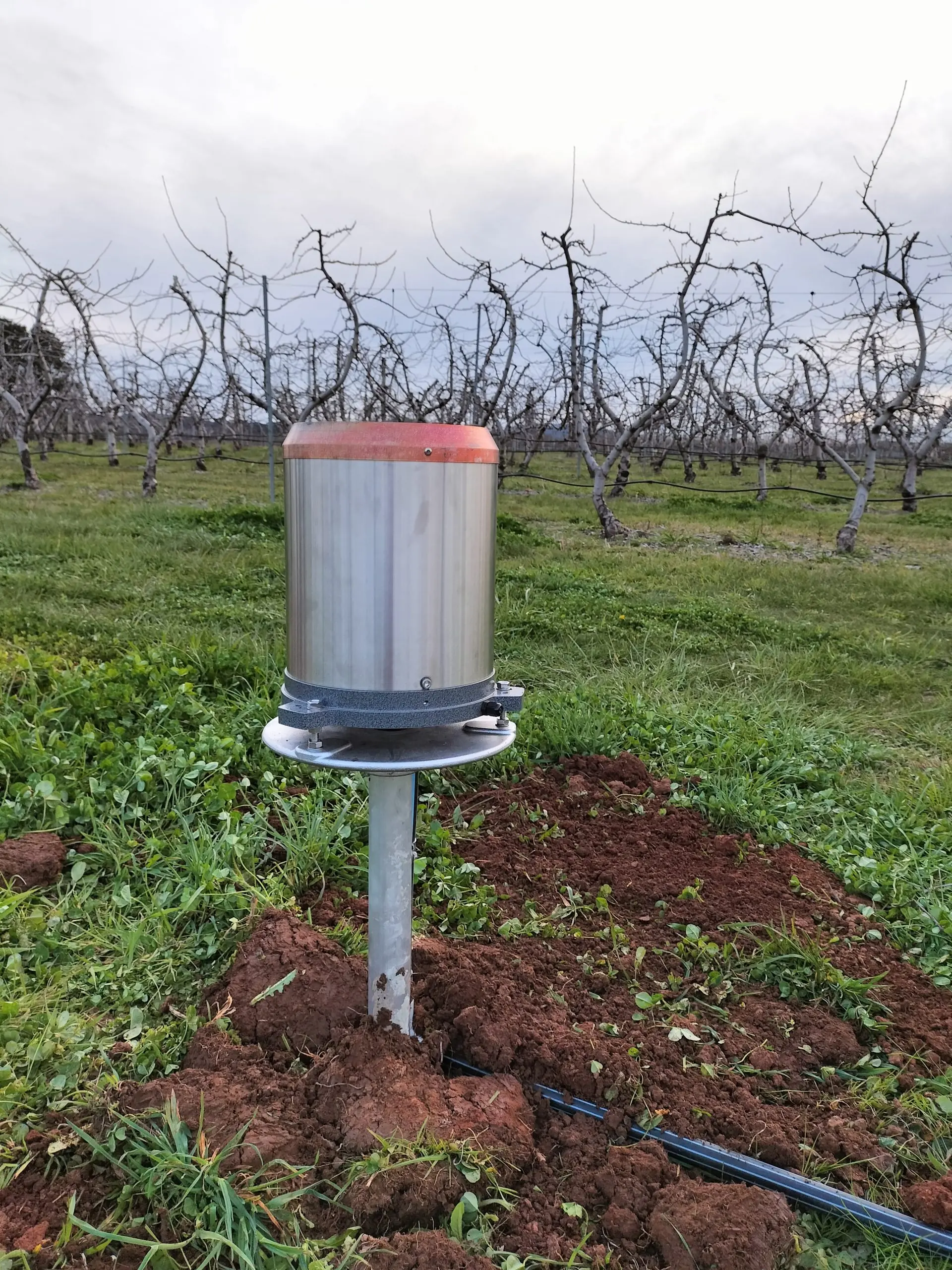Revealing the Scientific Research Behind Rain Gauges: How These Instruments Play an Essential Duty in Climate Research and Environmental Surveillance
Rainfall gauges, relatively basic tools, hold an extensive importance in the realm of environment study and environmental tracking. As we peel back the layers of this scientific veil surrounding rainfall gauges, we reveal a globe where accuracy, information precision, and meticulous monitoring converge to reveal a much deeper understanding of our altering climate and its effect on the earth.
Value of Rainfall Scales
Rain assesses play a crucial function in monitoring and gauging rainfall degrees, supplying necessary information for environment research study and analysis. These devices are fundamental in measuring the quantity of rains that happens in a particular area over a specific period. By determining and gathering rainwater, rain assesses offer useful insights right into the distribution and strength of precipitation, assisting meteorologists, hydrologists, and climatologists in comprehending weather patterns and patterns.
One of the key factors why rain gauges are crucial is their ability to give precise and local data. Unlike satellite or radar-based measurements, which supply more comprehensive monitorings, rainfall assesses deal precise information particular to the area where they are put. This local information is important for numerous applications, consisting of flooding projecting, dry spell tracking, and water source administration. Furthermore, long-lasting information gathered from rain assesses aids in assessing environment change influences and patterns, contributing dramatically to clinical research and decision-making procedures. Fundamentally, rainfall assesses offer as crucial devices in the field of weather forecasting and ecological scientific research, playing an important duty ahead of time our understanding of climate and climate dynamics.
Sorts Of Rain Gauges

Capability and Procedure
In the realm of environment research study and meteorological studies, the efficiency of rainfall assesses hinge on their detailed functionality and specific operational mechanisms. Rainfall evaluates are made to precisely determine the quantity of rainfall that tips over a certain location during a collection duration. These tools generally include a channel that collects rain and channels it right into a gauging tube. The determining tube is marked with calibrated measurements that permit the precise quantification of rains.
The functionality of rain gauges is based upon the principle of gauging and accumulating rainwater in a standardized fashion. This collected data is crucial for recognizing neighborhood climate patterns, tracking long-term environment patterns, and analyzing environmental impacts. To guarantee accurate dimensions, rainfall evaluates need to be strategically put in open areas away from obstructions such as buildings or trees that might conflict with the collection procedure.
The functional element of rainfall gauges entails normal maintenance to avoid debris buildup, calibration checks to maintain dimension precision, and data tape-recording for evaluation (rain gauge). Generally, the performance and procedure of rain gauges are essential for gathering trusted precipitation data vital to climate research study and ecological tracking
Function in Environment Study
Offered the crucial relevance of accurate precipitation dimensions in recognizing weather condition patterns and environmental effects, the duty of rainfall assesses in climate study is indispensable. Rain determines offer vital data for climate research by quantifying the amount of rainfall that drops over a details area throughout a provided period. This information is crucial for checking long-lasting patterns in precipitation patterns, assessing the influence of environment modification on rains circulation, and boosting environment models.

Environment researchers make use of information gathered from rainfall determines to examine variations in precipitation degrees, recognize local climate patterns, and evaluate the performance of water resource management approaches. By comparing historic precipitation information with current dimensions, researchers can detect changes in precipitation patterns, such as modifications in the regularity or intensity of rains events. This info is essential for comprehending just how climate adjustment is influencing rainfall characteristics and can help policymakers make educated choices concerning adaptation and mitigation methods.
Applications in Environmental Monitoring

In flooding projecting, rainfall scale information assists to track rains intensity and distribution, allowing authorities to issue prompt cautions and take required measures to minimize flooding risks (rain gauge). Drought surveillance depends on rainfall scale data to examine dampness levels in the soil and track rainfall shortages, helping in their explanation the identification of drought-prone locations and the application of dry spell response techniques
Furthermore, rain scale data plays an important duty in check this water resource administration by offering information on water schedule and use fads. Additionally, in farming, rain gauge data helps farmers in enhancing irrigation routines, plant choice, and total ranch administration techniques based on local rainfall patterns.
Verdict
To conclude, rain evaluates are essential tools for gauging precipitation, giving useful data for climate research and environmental monitoring. With various types and capabilities, rainfall determines play an essential role in understanding precipitation patterns and their influence on the setting. By accurately gauging rainfall, these tools add to the improvement of scientific understanding and assistance in making educated choices relevant to water resource administration and disaster readiness.
Rain assesses play a crucial duty in monitoring and determining rainfall degrees, providing necessary information for climate research and analysis. The conventional rain scale, recognized as the "tipping pail" gauge, is one of the most typically made use of tools. Ultrasonic rainfall evaluates use sound waves view website to detect the visibility of rain, supplying real-time data on precipitation degrees.Climate scientists use data gathered from rainfall assesses to examine variations in rainfall levels, identify local climate fads, and assess the efficiency of water source management techniques.In verdict, rainfall evaluates are essential tools for determining rainfall, giving important information for climate research study and ecological monitoring.
Comments on “The Advantages of Setting Up an Accuracy Rain Gauge for Your Weather Station”